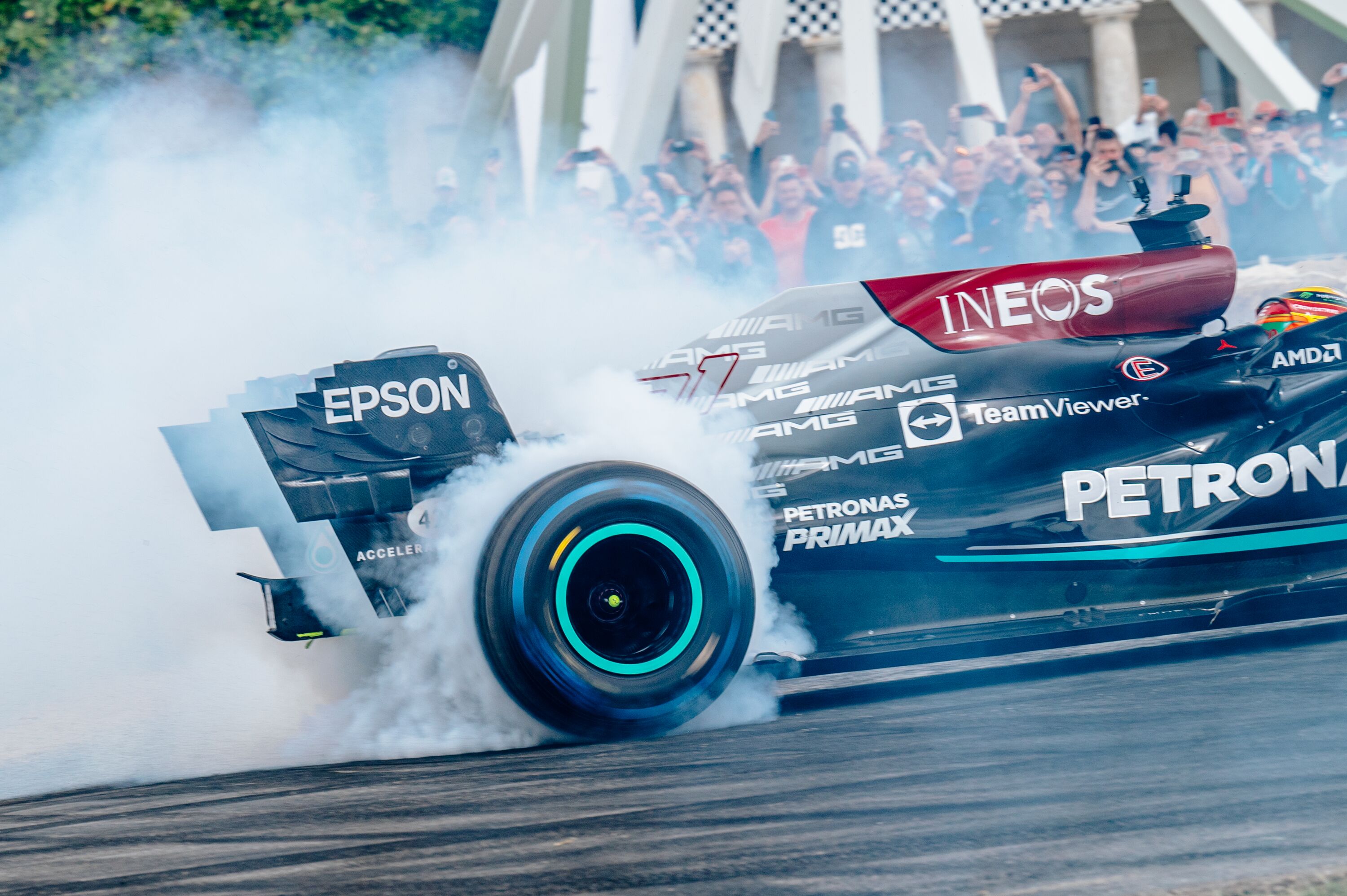Fiat quitting petrol is a mistake | Axon’s Automotive Anorak
For some months now I’ve been talking to a friend, giving my thoughts on which new car his girlfriend should buy. Having moved from the mean streets of London, down to the narrow leafy lanes of Dorset, my friend has now narrowed down the new car choice to two possible suitors – either a new Suzuki Ignis, or a Fiat Panda 4x4. After much deliberation, said friends have finally made their choice, selecting the versatility and style of the Panda 4x4 over the equally tempting Suzuki; or so they thought.

Come the big day when they packed themselves into their much larger out-going part-exchange SUV to drive down to their local friendly Fiat dealer to place an order on a shiny new Panda 4x4 built to their carefully chosen colour and specifications, the Fiat salesman hit them with some unexpected bad news. The petrol-powered Panda 4x4 was being withdrawn from the market with immediate effect. The dealer might be able to locate a Panda 4x4 from existing stock, but it probably wouldn’t be to quite the colour or specification that they had set their hearts on.
Cue a hasty call to their local Suzuki dealer who could supply an all-wheel-drive Ignis in a matter of weeks. So, Suzuki one, Fiat, nil, with two very disappointed would-be Panda customers who had convinced themselves that a new Panda 4x4 was the answer to their prayers, doubtless like many other prospective Fiat buyers throughout the land. The Italian brand’s strange decision to withdraw all of its ICE models from the UK market at very short notice, is already costing Fiat in potential lost sales of ‘regular’ 500s, plus Pandas, Tipos, 500X, 500L and Doblo passenger models.

If Fiat had equivalent EVs model waiting in the wings as a deliverable solution to appease some of these clients, that would make some sense, but choosing to withdraw all petrol and diesel models years ahead of them being outlawed ahead of the new 2030 ‘no sale of any new ICE cars’ legislation seems like a suicidal decision to me! The only non-ICE electric model Fiat can currently offer in the UK is the very capable but not for everyone 500 E La Prima, one of the best small city EVs on the market, but hardly offering the mountain goat, go-anywhere ability of a new Panda 4x4, or the space and practicality of a Tipo Station Wagon, 500L or Doblo.
So, after being present in the UK market for almost 125 years, Fiat is one of the first car makers to withdraw all of its petrol and diesel models from the UK’s new car market ahead of the pending 2030 ban (if it actually happens). In the UK since its founding in 1899, over the decades Fiat has been a major force on British roads, dominating the London taxi scene in the pioneering days of motoring, often being the UK’s top-positioned imported vehicle maker and taking up to an eight per cent market share of the total UK new car makers in its heyday, with such landmark models as the 127, 128 and 124 showing the British motor industry how to produce exceptional cars that the public wanted to buy (even if they weren’t very well rust proofed back then). Today Fiat has a paltry UK market share of only around 1.7 per cent, with more than 80 per cent of its British sales wearing a 500 badge, including the larger X and L derivatives.

After the BMC Mini, the 1969 Fiat 128 set the bar very high for driving and clever engineering of a front-wheel-drive car, the model often appearing in the UK’s top ten best-selling new car list. As did the later 127 of 1971; the car that set the standard to how a small city hatchback should be, that model being Europe’s best-selling car for most of the 1970s. The boxy but good 124 family salon range of 1966 has gone on to become the world’s second-best-selling car of all time, primarily thanks to the model’s huge success as a Lada, never mind that various 124 versions produced around the world by Seat, Kia, et al.
The subsequent Uno, plus original 1980s Panda and Tipo, continued Fiat’s great sales success in the UK throughout the 1980s. The Tipo dispelled the marque’s corrosion image by being the first mainstream passenger car to be fully galvanised. The Punto family also proved to be a hit with UK buyers, as were some of the (now classic) standout Fiat sporting models: the 850 Coupe, 124 Coupe, X1/9, Coupe, Barchetta, luxury 2300 S Coupe and stunningly beautiful 130 Coupe.

With over seven years still to go before the UK Government bans the sale of ICE-powered cars, to me Fiat seems to be unnecessarily dropping all petrol engined models from the UK far too hastily. It’s a move in contrast to its strategy in the rest of Europe, where such models will remain on sale. Fiat’s new electric 500e is a very impressive car that deserves to do well, but can Fiat’s 166 dealers really survive on just selling one model?
Who knows, and in years to come Fiat might be seen as a pioneer for leading the path to ‘so-called’ zero-emission motoring. Sooner or later, every other vehicle manufacturer selling cars in the UK is going to have to face the same dilemma. Fiat’s brave (suicidal?) action will give us all a taste of things to come, but I can guarantee that the sales/registrations of new ICE-powered new cars will run at record level in December 2029 with buyers wanting to have a last hurrah in a new ICE-powered car before all British motorists wanting to drive a new car are forced into going electric.
Axon's Automotive Anorak
Fiat
Panda
500
Suzuki
Ignis































































